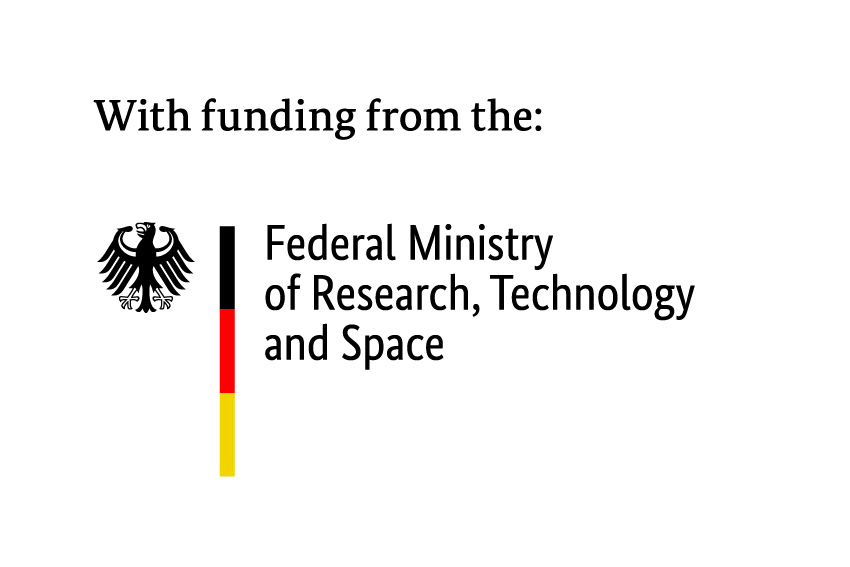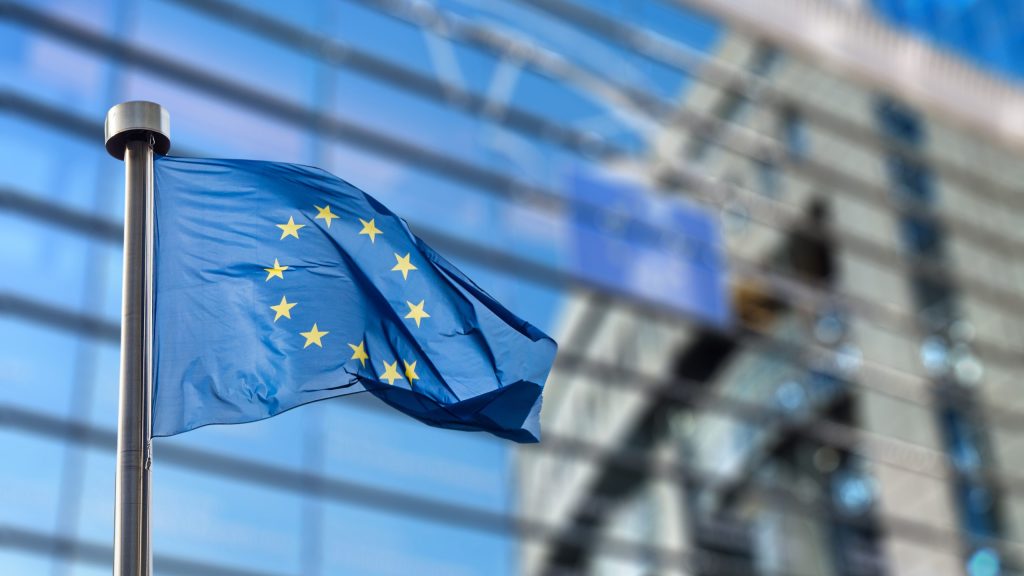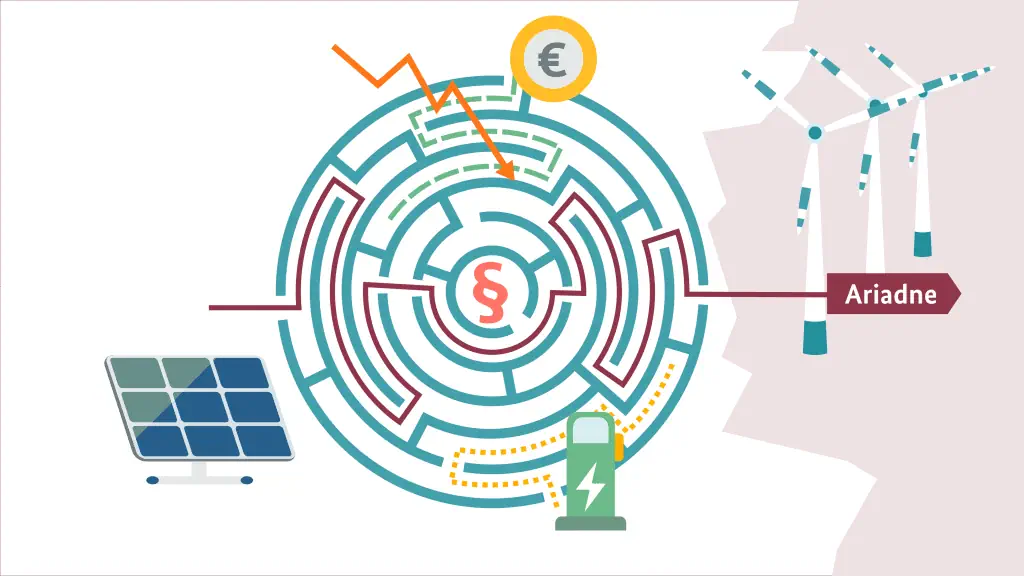Paths to climate neutrality
Targeting climate policy – from individual sectors to a system perspective
How can Germany meet its climate targets and achieve climate neutrality by 2045? It is clear that this will only be successful with far-reaching changes. To shape energy transition policy effectively, Ariadne systematically examines options with a unique combination of systemic consistency and sectoral detail. What works in individual sectors does not necessarily achieve the overall climate target. Ariadne therefore combines a detailed view on the industrial sector, the buildings and transport sectors, and the expansion of renewable electricity production with an overall view of the energy system. Only by having the overall picture in mind can viable paths for achieving the goals be developed and assessed.
The following six paths are the initial focus of the current scenario analysis:
1 Technology mix: This scenario describes a path to achieving climate neutrality with a mix of technologies and energy sources that is largely geared towards cost efficiency. The expansion of renewable electricity generation largely achieves the politically set targets. The mixed energy source portfolio includes imports at a medium level. In terms of the use of direct electrification and indirect electrification, it falls between the Focus on Electrification and Focus on Hydrogen scenarios described below. A mix of instruments is used to achieve the climate targets.
2 Focus on Electrification: The focus here is on the ramp-up of technologies for the direct electrification of the sectors, meaning that the market penetration of electric vehicles and heat pumps, for example, is highest in this scenario. Electricity is the preferred energy source for final energy and the expansion of renewable electricity generation achieves the politically set targets. Successful electrification limits the demand for hydrogen in Germany, which is primarily produced by electrolysis in Germany and supplemented by low imports of hydrogen or e-fuels. As in the Technology Mix scenario, the climate targets are reached through a mix of instruments. Electricity imports from neighboring European countries are at an adequate level (2030: +/- 0 TWh, 2045: 50-150 TWh).
3 Focus on Hydrogen: In this scenario, the focus is increasingly on the use of hydrogen and e-fuels and therefore more on the ramp-up of technologies for the indirect electrification of energy consumption compared to the Technology Mix scenario. Direct electrification remains dominant in those areas where it has clear cost advantages over indirect electrification. The expansion of renewable electricity generation largely achieves the politically set targets and the climate targets are achieved through a mix of policy instruments. Electricity imports are at a rather moderate level; imports of hydrogen and e-fuels are adequate (up to 800 TWh/a possible by 2045 driven by demand). This is based on the assumption of a well-developed hydrogen infrastructure that is coordinated with European partners and that renewable energy potential can be better utilized through cheaper storage and electrolysis.
5 High Demand: In this scenario, the transformation of final energy demand is persistent, i.e. energy demand is higher than in the Technology Mix scenario. This is due to the fact that the ramp-up of climate-friendly, efficient technologies and the expansion of infrastructure is slower in this scenario, while lower public acceptance and possibly less regulation or fewer incentives prevent a rapid transformation. Despite comparable long-term political ambition as in the technology mix scenario, it is possible that the 2030 KSG targets will not be met. Climate neutrality in 2045 is ultimately achieved. As in the Low Demand scenario, the expansion of renewables up to 2030 is demand-driven. In terms of energy supply, the scenario corresponds to the Technology Mix scenario with a mixed portfolio of technologies and energy sources.
4 Low Demand: This scenario is characterized by a lower final energy demand resulting from a faster penetration of climate-friendly, efficient technologies, accelerated infrastructure expansion, energy-saving behaviour of the population (e.g. switching to local public transport, resulting in fewer car journeys), broader public acceptance and, if necessary, stronger regulation and adjusted monetary incentives. In the long term, the same climate policy ambition for achieving climate targets is assumed as in the Technology Mix scenario (largely identical CO2 price path as in the Technology Mix scenario, slight overfulfillment of the Climate Protection Act (KSG) 2030 targets possible, achievement of climate neutrality in 2045). In terms of energy supply, the scenario also corresponds to the Technology Mix scenario with a mixed portfolio of technologies and energy sources.
6 Existing Policies: In this scenario, all climate policy measures implemented on the cut-off date of December 31, 2023 are continued. The achievement of the GHG reduction targets is not part of the scenario formulation and is therefore not guaranteed. The target of climate neutrality in 2045 is not achieved in the scenario.
Ariadne enables a particularly detailed perspective on the energy transition by using different, mutually complementary models. The models REMIND (PIK), REMod (Fhg-ISE), PyPSA-Eur (TUB) and TIMES PanEU (IER) address the overall system. In turn, these results are closely linked to the sectoral view of the industrial model FORECAST (Fhg-ISI), the transport models DEMO (DLR-VT), ALADIN and ASTRA-M (both Fhg-ISI) and the building model REMod (Fhg-ISE).
The latest results of the Ariadne scenario analysis can be viewed online at any time in the Scenario Explorer. Flexibly customisable graphics and tables are also available there. The download area contains the latest scenario data as well as all previous versions.
News from the project
Hydrogen, Europe & Green Deal, Governance & Institutions, Scenarios, Tax reform, Industrial transition, Heating transition, Electricity Transition, Transport transition, Distributive justice |
New Ariadne paper highlights EU climate policy from 2030 onwards
The EU is in the midst of a debate on new climate targets for 2040 and how the competitiveness of industry can be linked to decarbonization. In a new background paper, Ariadne researchers analyze the historically evolved energy and …
to NewsGovernance & Institutions, Scenarios, Tax reform, Industrial transition, Heating transition, Electricity Transition, Transport transition, Hydrogen, Europe & Green Deal |
Working together toward climate neutrality
In a new short video, the Kopernikus project Ariadne shows why research into climate policy measures is so important for achieving climate neutrality.
to NewsHydrogen, Scenarios, Industrial transition, Heating transition, Electricity Transition, Transport transition |
The Ariadne report shows cost-efficient paths to achieving climate neutrality in Germany by 2045
While the new German government is still being formed, it is clear that the goal of achieving climate neutrality by 2045 remains.
to Press releasesScenarios, Industrial transition, Heating transition, Electricity Transition, Transport transition, Hydrogen |
More new fossil gas heating systems, only tentative progress: energy transition update
Reduced fossil fuel consumption due to the energy crisis, tentative positive signs in the expansion of renewable energy capacities, electric cars and heat pumps – but not fast enough, according to new figures from the Ariadne Transformation Tracker. Moreover, …
to Press releases





